On June 30th we took our goats to a neighboring farm to participate in a once a year program of the American Dairy Goat Association (ADGA) called “Linear Appraisal(L.A.).”
I am not an expert on this program but I am striving to learn more. This post will explain what L.A. is and why we chose to do it.
L.A. is used by goat owners as a guidance for making smart decisions in breeding their goats. During L.A. your goats are brought, one by one, before an ADGA appraiser for evaluation. Kind of like a beauty contest except much more complex, scientific and functional. The appraiser will look at very specific traits. ADGA chose these traits based on three criteria. The first being that the trait must have an economic value that will either increase the longevity or the production value of the goat. The second is that the trait must be inheritable enough that improvement can be made through selective breeding. Lastly, the trait must be able to be defined precisely enough that a value can be assigned to it by appraisers with consistency.
Let me show you some of the traits we are talking about with a doe. Each trait is rated on a scale from 1-50. Each picture will show a very low score on the left, an average score in the middle, and a high score on the right.
Form-Strength (primary trait):
The first picture shows a goat that would score at the most five points. This goat would be considered extremely narrow and frail. The middle goat would be mid-range and would score 25 points. The goat on the right would be a prime example of a wide and strong goat and would score between 45 – 50 points in this area.
Form -Dairyness- (primary trait):
So I don’t have to repeat myself, know that the point system is always the same as the first set of pictures. Bones need to be long, clean, and flat. Her neck needs to be long and lean. Also taken into consideration are,withers, fleshing, femininity, refinement and texture of the skin.
Structure – Rump Angle (primary trait):
This has to do with how easily the goat will kid. It will also impact the quality of the udder.
Structure – Rump Width (primary trait):
We are looking at three things here. Wideness will aid in kidding, as well as allowing the body to be wider in general (remember Form-Strength?), as well as more room for a wider udder.
Structure – Rear Legs Side View (primary trait):
This is important as it relates to durability of the legs and feet. We are looking for more of an angle of the hock.
Mammary – Fore Udder Attachment (primary trait):
The picture on the left is an extremely loose attachment to extremely snug and strong at the far right. I believe this has to do with how well her udder will hold up after multiple lactations.
Mammary – Rear Udder Height (primary trait):
Udder capacity is the issue here. An extremely high udder (right) not only has great capacity but also the ability to hold it’s shape and position through multiple lactations. In the goat world we refer to this trait as ” Escutcheon Height”. It isn’t easy to say.
Mammary – Rear Udder Arch (primary trait):
Our goal here is extremely wide and curving. Beginning on the left you see where the udder attaches is very narrow, pointy really. It begins to widen in the middle but reaches the desired width/curve in the last photo. This has the same affect as Rear Udder Height (above).
Mammary – Medial Suspensory Ligament (primary trait):
This really affects the health of the udder. The suspensory ligament is what holds the udder in place. It is the framework of the udder. It also keeps the teats in place and keeps the udder elevated.
Mammary – Udder Depth (primary trait):
Let’s face it, an udder that is hanging that low is going to be injured.
Mammary – Teat Placement Rear View (primary trait):
This is really more for the milker than the goat. It is just plain easier to milk teats that are closer together. Too wide and they can get hurt as well.
Mammary – Teat Diameter (primary trait):
This one is also all about ease of milking.
Mammary – Rear Udder Side View (secondary trait):
The part of the udder we are looking at now is from where the teats attach all the way to where the rear udder attaches at the top. This will mean greater capacity for milk.
That is probably more than you ever wanted to know about goats.
I must say, that if I were judged this way I would be pretty mad. Fortunately for us, humans are not judged merely on their reproductive system. This does bring to mind a comment Michael made to me before we ever had children. I think I was commenting on my figure but I clearly remember him saying that I had “child bearing hips”. That didn’t go over so well.
So, how did our goats do? We took all of the bucks and had them appraised.
Calvin was the most disappointing because we just adore him. We have know for a long time that he has had a limp from his front right leg. The appraiser let us know that they are seeing more of this and it isn’t just an injury that will heal but a genetic problem. Since we don’t want to breed genetic problems Calvin will be fixed and then we will find a home for him as a pet (which he will be a great pet) and can eat brush for some lucky family. (He was not scored because of the genetic problem)
Joe was up next and the appraiser pointed out what we already knew which was that Joe is over height by about an inch and a half. Joe comes from a really great line of milkers. At this point our plan is to keep Joe and breed him with does that are on the smaller side. Our farm goal is to have great milkers. Joe can give us that. We just need to watch who we breed him to. (He was not scored because he was over height)
Woody came next. He scored 88 out of 100. He scored a very good in General Appearance, Dairy Strength, and Body. We are very happy with that score. He is three years old so he still has some changes that will happen. He also comes from a great line of milkers. He was bread to Brown Sugar and we will be keeping their daughter which will allow us to keep an eye on his offspring.
Brown Sugar was unfortunately in that “awkward stage” that apparently happens after a goat kids for the first time. He said she has good potential but is just not showing at her best yet. She scored an 83 and a good plus in General Appearance, Dairy Strength, Body and Mammary. I’m excited to see how she does next year.
Halle Berry proved herself to be of the herd queen by scoring a 90. She was very good in General appearance, an excellent in Dairy Strength, a very good in Body and an excellent in Mammary.
Our three younger goats came along as “young stock” which means they are from two months old to two years old and have never had kids. The traits they are appraised on are much fewer since they don’t have the mammary system yet. They mostly received good plus and some very goods.
We will use this information when breeding our goats. When a doe or a buck has a weak area we will try to match them up with a goat who is strong in that area. Hoping the offspring will be better in that weak area.
Thank you for letting me explain all of this to you. It is true that you learn best by teaching others and my knowledge has increased after this post.
The drawings of the traits I took from an ADGA Linear Appraisal article.
Have a wonderful day,
Karen
PS: We’ve been out of phone and internet for a week! So glad to have it back.
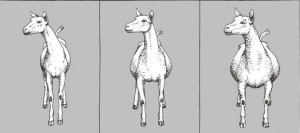
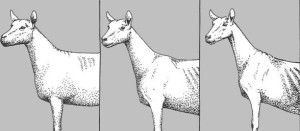
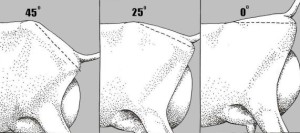
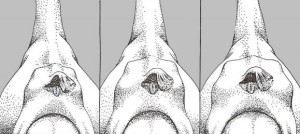
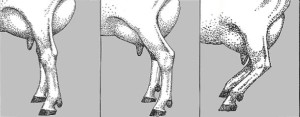
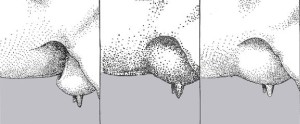
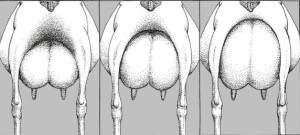
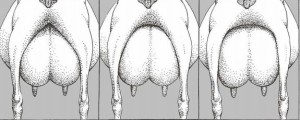
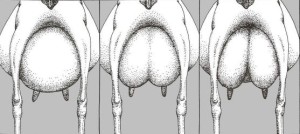
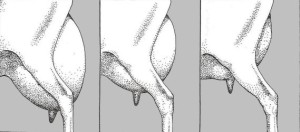
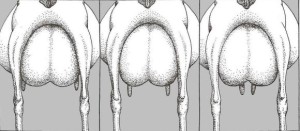
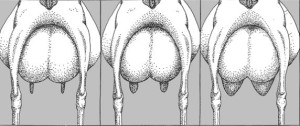
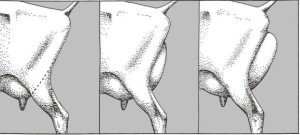
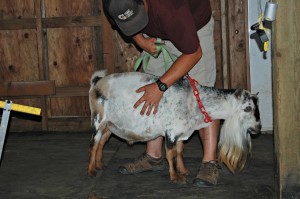
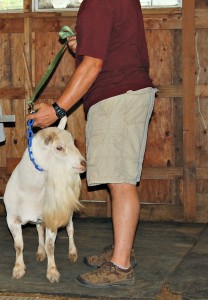
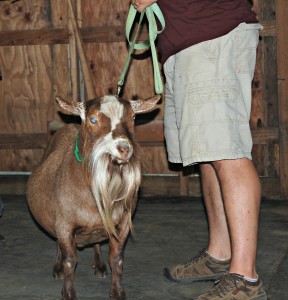
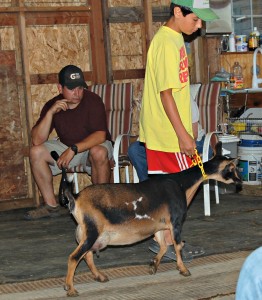
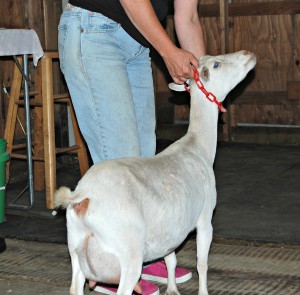
Wow! Fascinating! It is really helpful watching your progress and learning from you. Once we are able to begin our homestead we will be better informed on how to begin. Thank you!
That is one of the reasons we do these kind of post.
I’m glad you learned something. I’m sure there will be many more opportunities for both of us 🙂
Karen
So informative! Nice post, friend. The boys continue to rave about our trip to the farm. Thanks again for having us out. 🙂
We loved having you here. So much fun.
We need to schedule the canning class/event. I think Holly’s schedule will be the one to work around.
In the mean time figure out a Saturday or Sunday(after church) that you can visit and bring Eric this time. We are always home on the weekends.
Hugs,
Karen